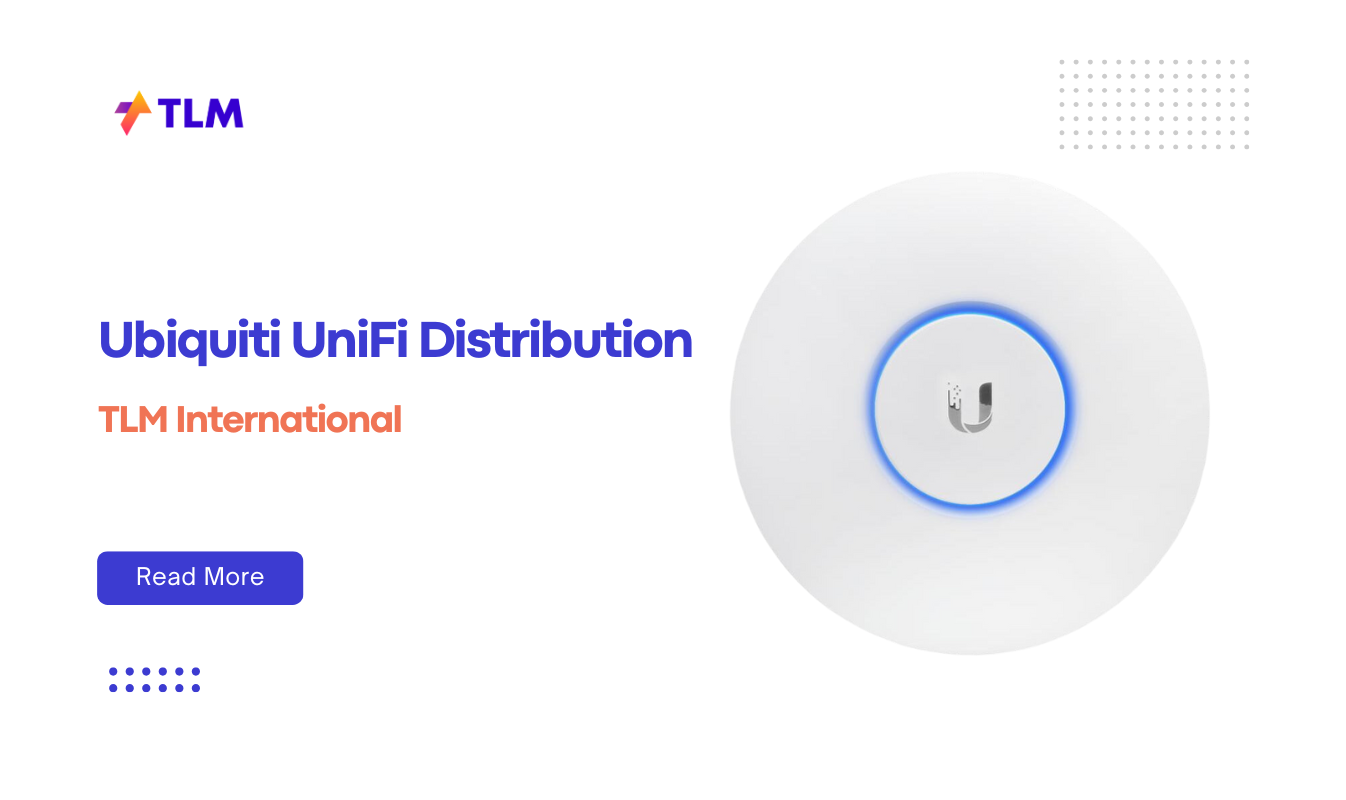Introduction
Networking demands in modern businesses require robust and scalable solutions. The Ubiquiti Enterprise 8, an enterprise-grade switch, offers advanced features that meet these needs. From high-speed connectivity to simplified management, this switch is an ideal choice for small to large-scale networks. This guide dives into the features, benefits, and real-world applications of the Ubiquiti Enterprise 8, showcasing why it’s a valuable addition to your networking toolkit.
What is Ubiquiti Enterprise 8?
The Ubiquiti Enterprise 8 is an 8-port managed switch engineered for high-performance networking. Part of the UniFi ecosystem, it is designed to integrate seamlessly with other Ubiquiti devices, ensuring efficient and reliable connectivity across your network.
Key Features at a Glance
- Gigabit Ethernet Ports
Each of the 8 ports supports gigabit speeds for fast and reliable data transfer. - Power over Ethernet (PoE)
PoE functionality simplifies device connectivity by delivering power and data over a single cable. - Layer 2 and Layer 3 Capabilities
Advanced switching and routing features optimize network performance and flexibility. - Cloud-Based Management
Manage the switch remotely via the UniFi Network Application.
Core Features of Ubiquiti Enterprise 8
1. Gigabit Ethernet Performance
The switch’s gigabit ports ensure ultra-fast data transfer speeds, making it ideal for bandwidth-intensive applications like video conferencing, VoIP, and file sharing.
2. Advanced PoE Support
- Compatible with PoE+ and 802.3af/at standards, allowing you to power access points, IP cameras, and other devices directly.
- Reduces the need for separate power supplies, simplifying installation.
3. Versatile Layer 2 and Layer 3 Support
- Layer 2 Features: VLANs, Spanning Tree Protocol (STP), and QoS ensure efficient network segmentation and traffic prioritization.
- Layer 3 Features: Static routing and DHCP services enhance network control.
4. UniFi Network Integration
Easily integrate with the UniFi ecosystem, including access points, gateways, and cameras, for streamlined network management through a single interface.
5. Compact Design
The sleek, compact form factor makes it suitable for both desktop and rack-mounted installations.
Benefits of Ubiquiti Enterprise 8
1. Scalability
The Ubiquiti Enterprise 8 switch supports growing networks by providing ample connectivity and advanced features that adapt to evolving needs.
2. Simplified Network Setup
The PoE capabilities and intuitive UniFi interface make deployment and management straightforward, even for non-expert users.
3. Enhanced Network Security
Features like VLAN segmentation and access control lists (ACLs) ensure data security and limit unauthorized access.
4. Cost-Effective Solution
Combining gigabit performance, PoE support, and cloud-based management, the switch offers enterprise-level functionality at a competitive price.
Real-World Applications of Ubiquiti Enterprise 8
1. Small and Medium Businesses (SMBs)
Perfect for SMBs seeking reliable connectivity for employees and devices.
2. Office Environments
Facilitates seamless connectivity for VoIP phones, printers, and workstations.
3. Surveillance Networks
Power and connect multiple IP cameras via PoE while ensuring low latency for real-time monitoring.
4. Educational Institutions
Supports classrooms and administrative offices with robust, high-speed networking.
5. Retail and Hospitality
Handles guest Wi-Fi, point-of-sale systems, and security devices efficiently.
How to Deploy the Ubiquiti Enterprise 8
Step 1: Plan Your Network
Identify devices requiring connections and assess bandwidth requirements.
Step 2: Install the Switch
Position the switch in your network closet or workstation area. Its compact design makes it adaptable to various setups.
Step 3: Connect Devices
Use Ethernet cables to connect access points, IP cameras, computers, and other devices to the switch.
Step 4: Configure via the UniFi Network Application
- Set up VLANs for network segmentation.
- Configure PoE settings for connected devices.
- Monitor performance metrics and optimize settings as needed.
Comparison: Ubiquiti Enterprise 8 vs. Traditional Switches
| Feature | Ubiquiti Enterprise 8 | Traditional Switches |
| PoE Support | Yes, PoE+ | Limited or None |
| Cloud Management | Enabled via UniFi Network | Typically Local Only |
| Scalability | Seamless within UniFi Ecosystem | Standalone Devices Only |
| Advanced Features | Layer 2 & Layer 3 Capabilities | Basic Layer 2 Features |
Best Practices for Using Ubiquiti Enterprise 8
1. Enable VLANs for Better Security
Segment your network to isolate sensitive devices and improve overall security.
2. Prioritize Critical Traffic with QoS
Use Quality of Service (QoS) settings to ensure bandwidth allocation for high-priority applications.
3. Monitor Network Health Regularly
Utilize the UniFi Network Application to check performance metrics and address potential issues promptly.
4. Schedule Firmware Updates
Regularly update the switch to access new features and security patches.
FAQs about Ubiquiti Enterprise 8
Q1: Can the switch power all 8 ports simultaneously with PoE?
Yes, the switch supports PoE on all ports, but the total power budget will depend on the model’s specifications.
Q2: Does it work with non-UniFi devices?
Absolutely! The switch is compatible with all Ethernet-enabled devices.
Q3: Is the UniFi controller necessary for operation?
While optional, the UniFi controller provides enhanced features and centralized management.
Conclusion
The Ubiquiti Enterprise 8 is a versatile and powerful switch that simplifies networking while delivering enterprise-grade performance. Its combination of gigabit speeds, PoE capabilities, and integration with the UniFi ecosystem makes it a standout choice for businesses, educational institutions, and more.
Take control of your network with the Ubiquiti Enterprise 8 and experience unparalleled reliability and flexibility in your connectivity solutions.






